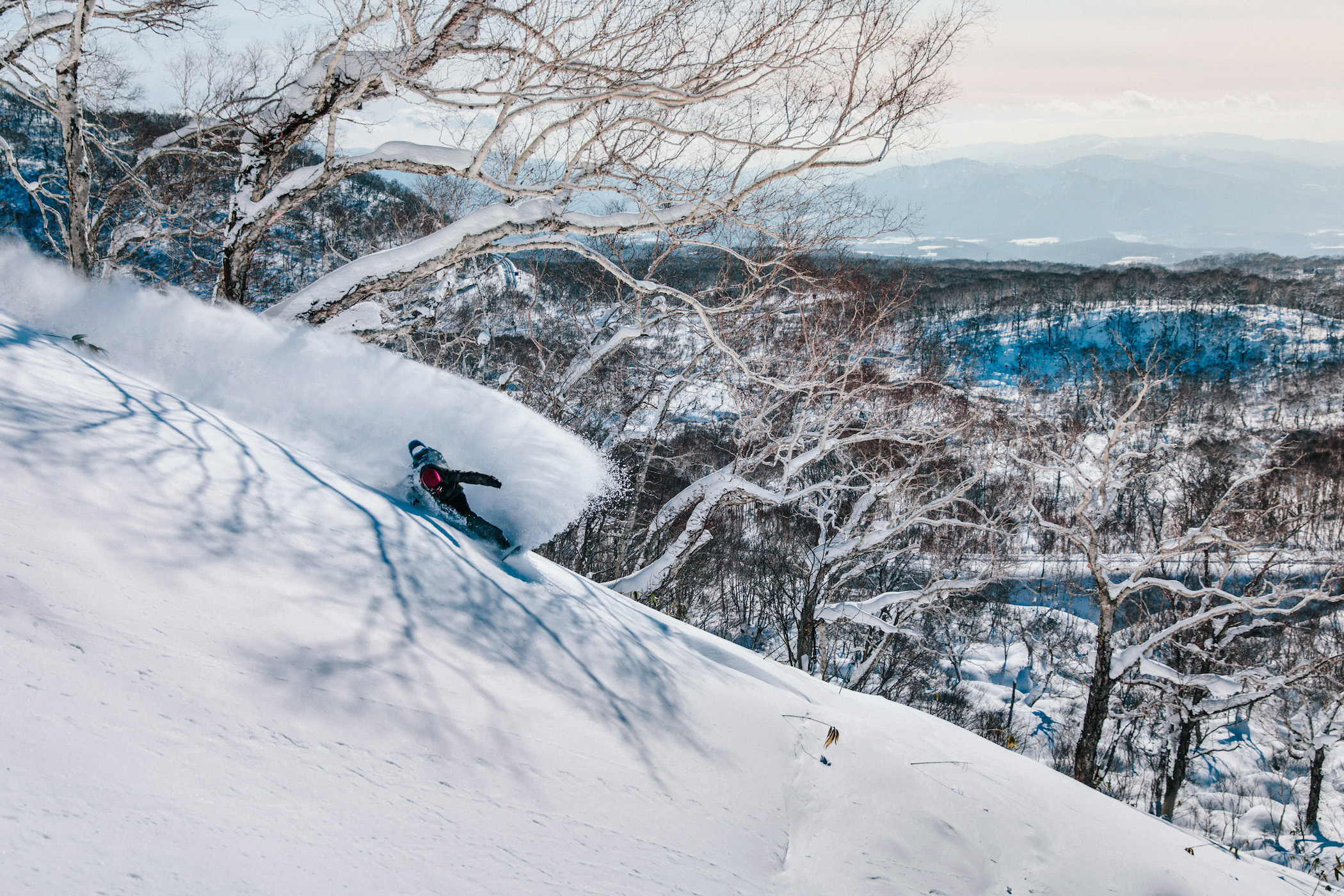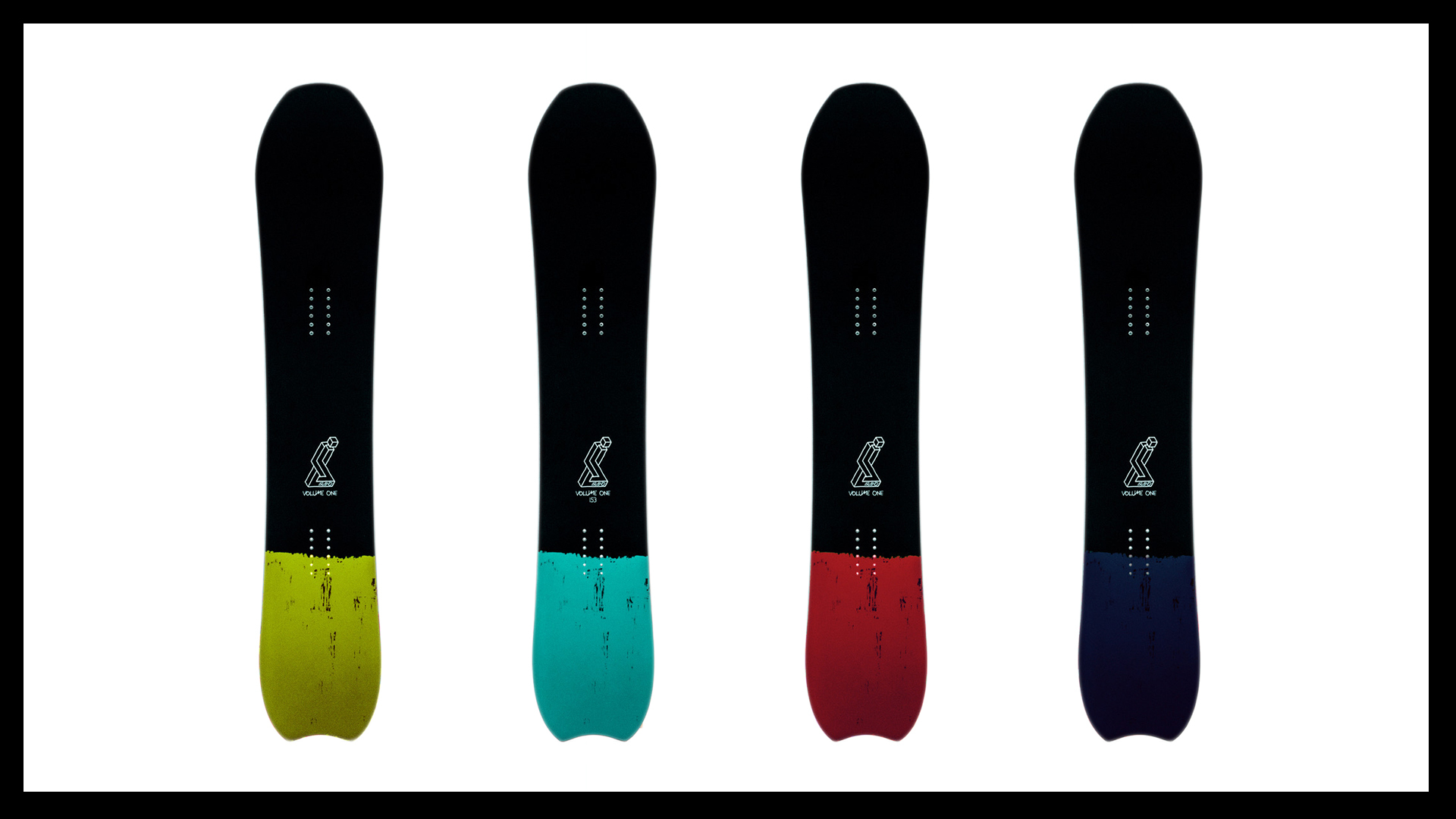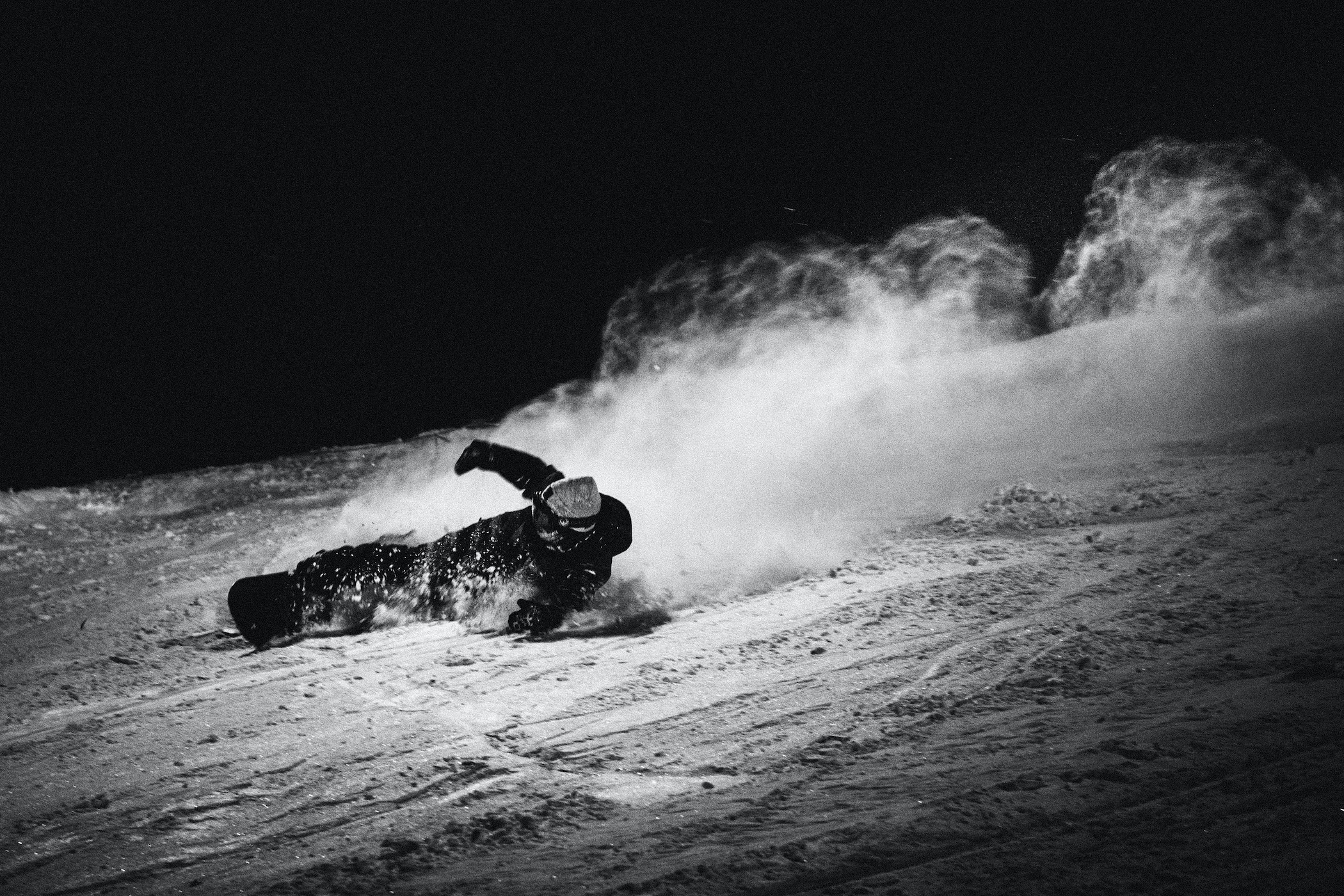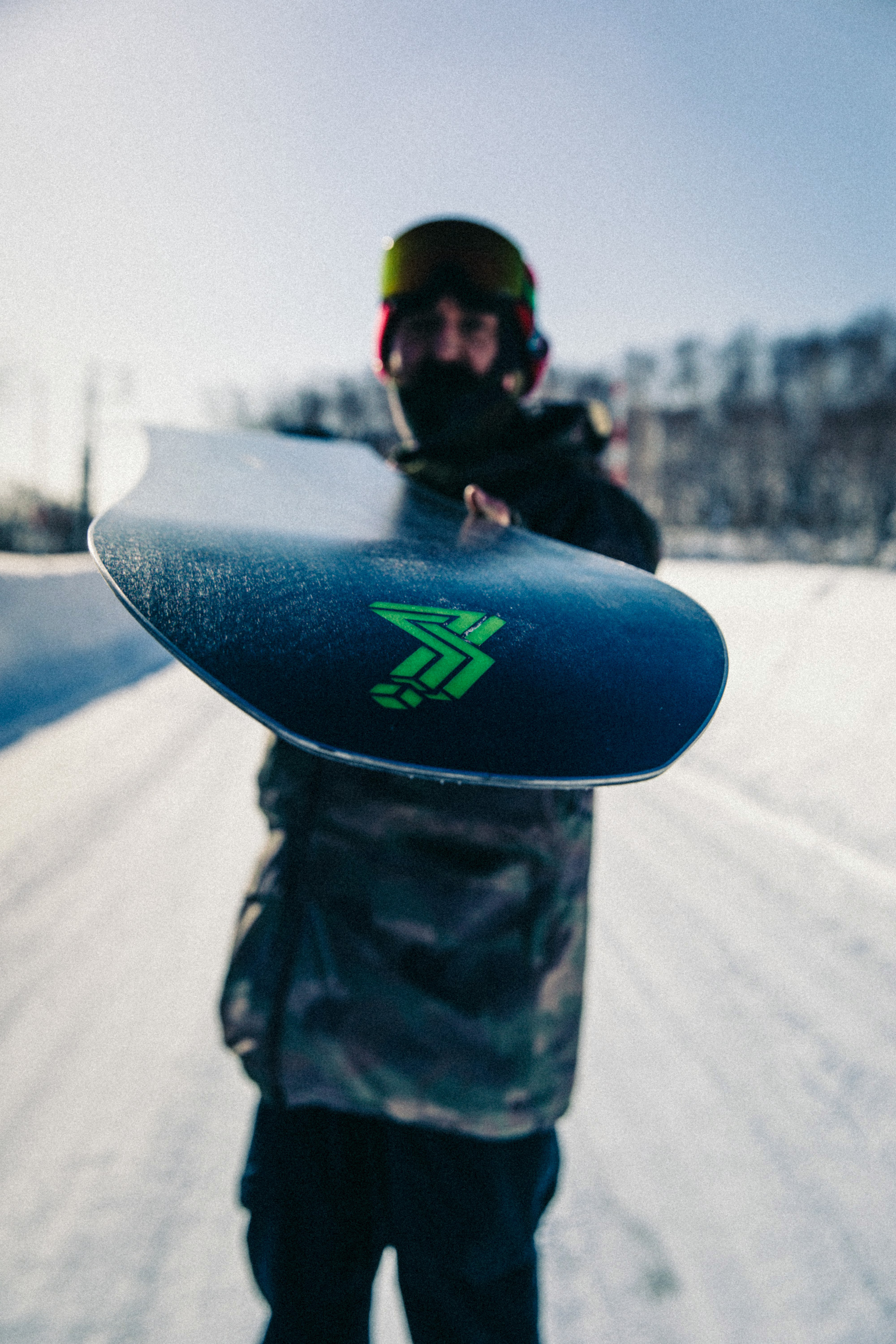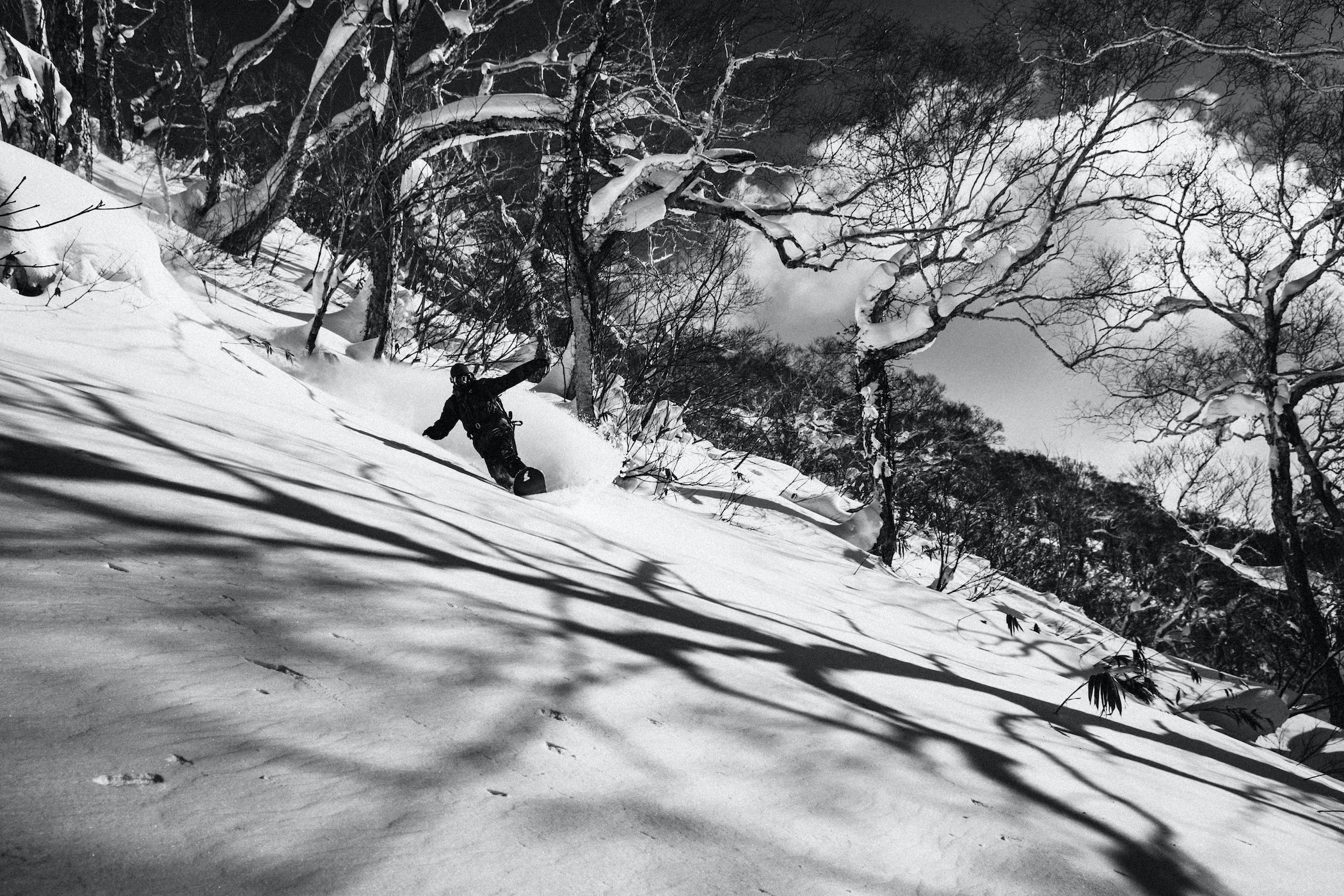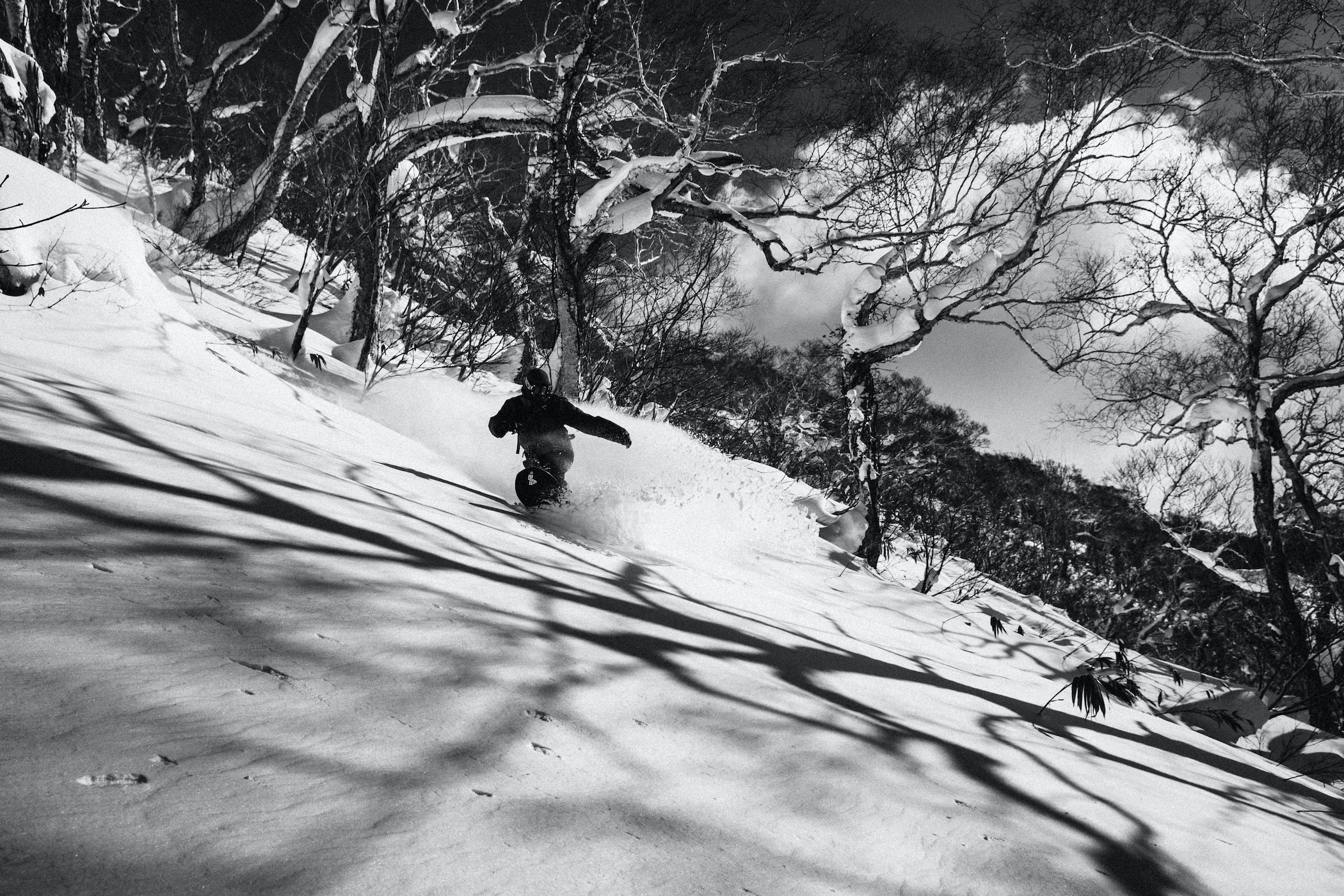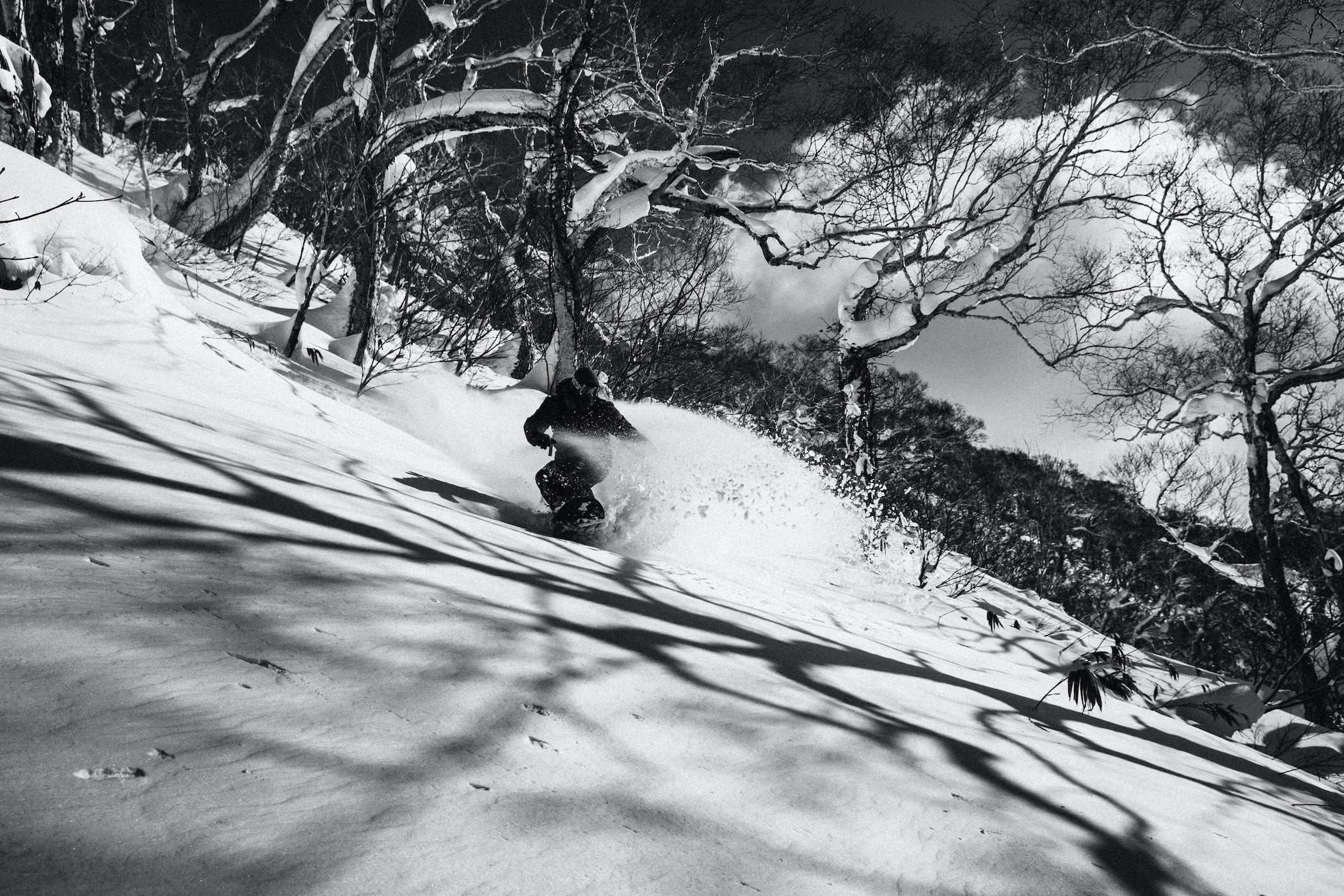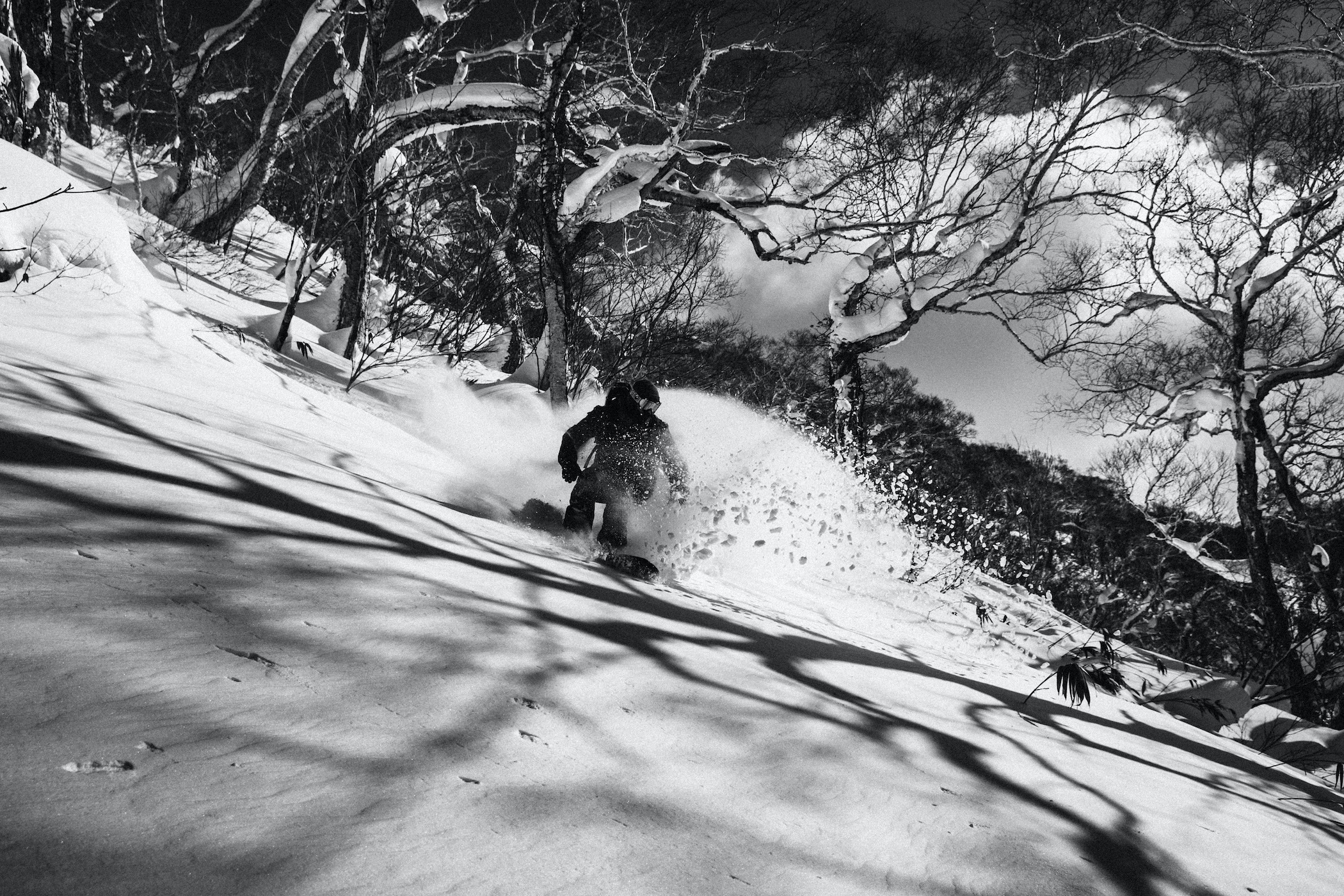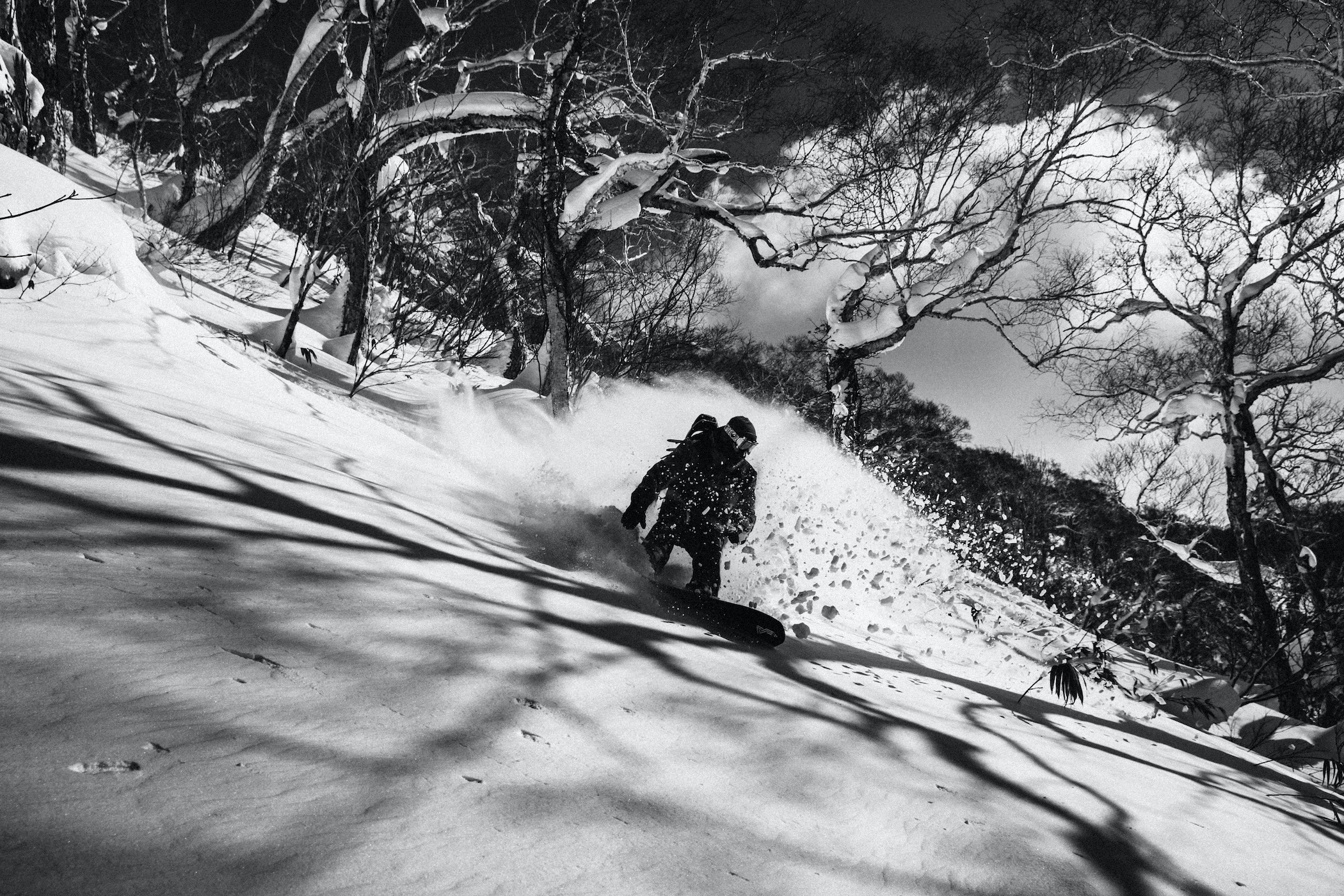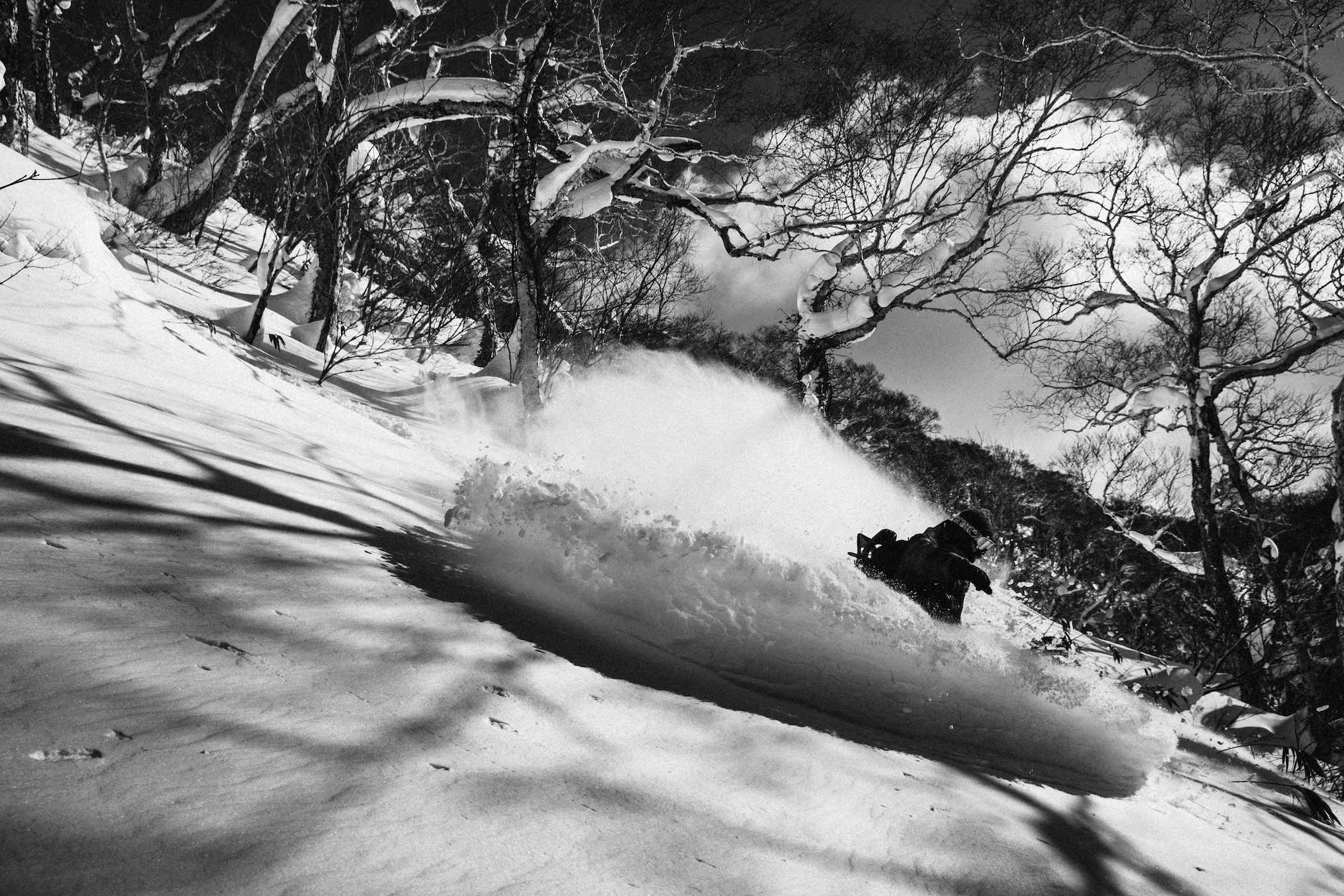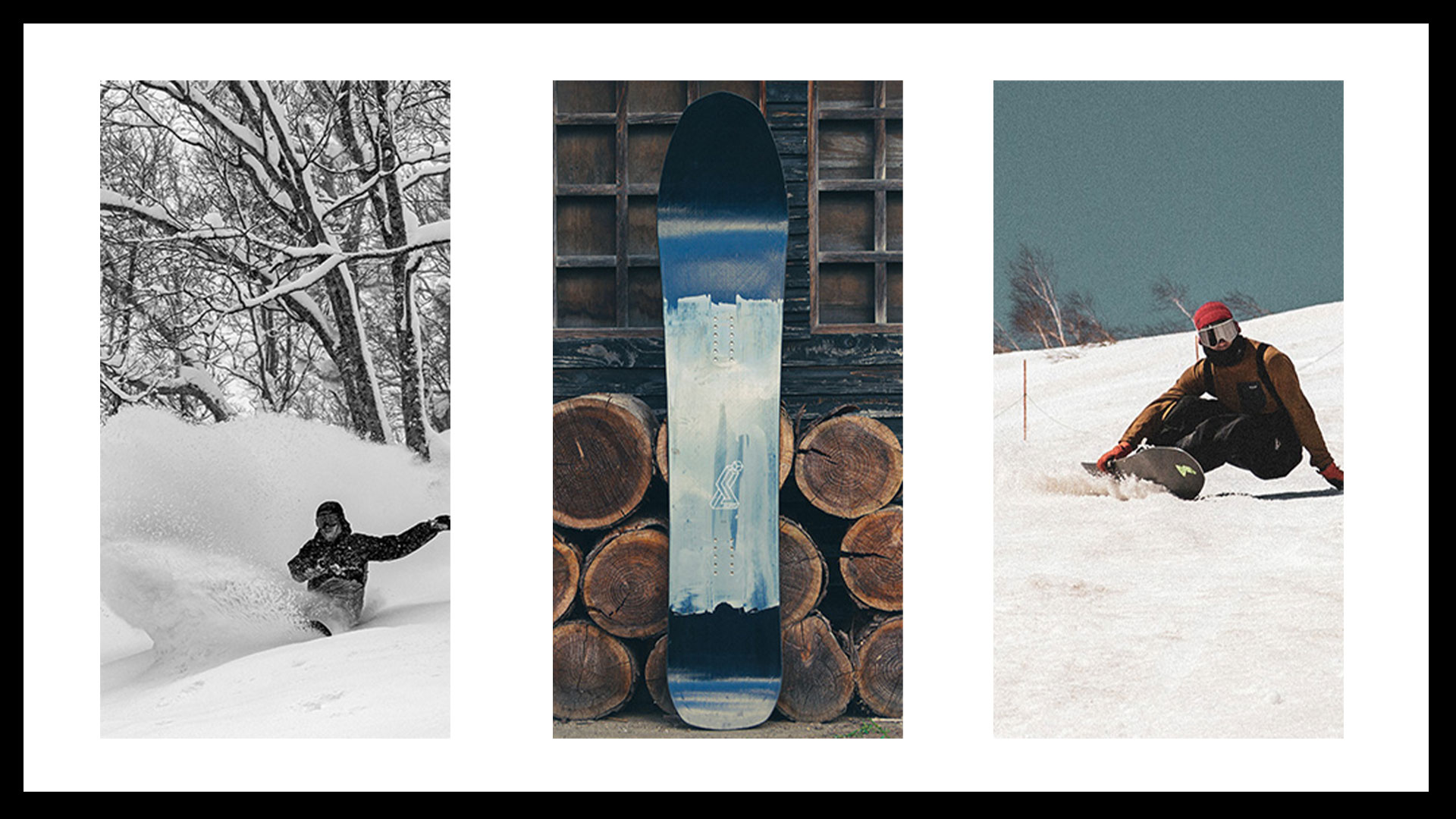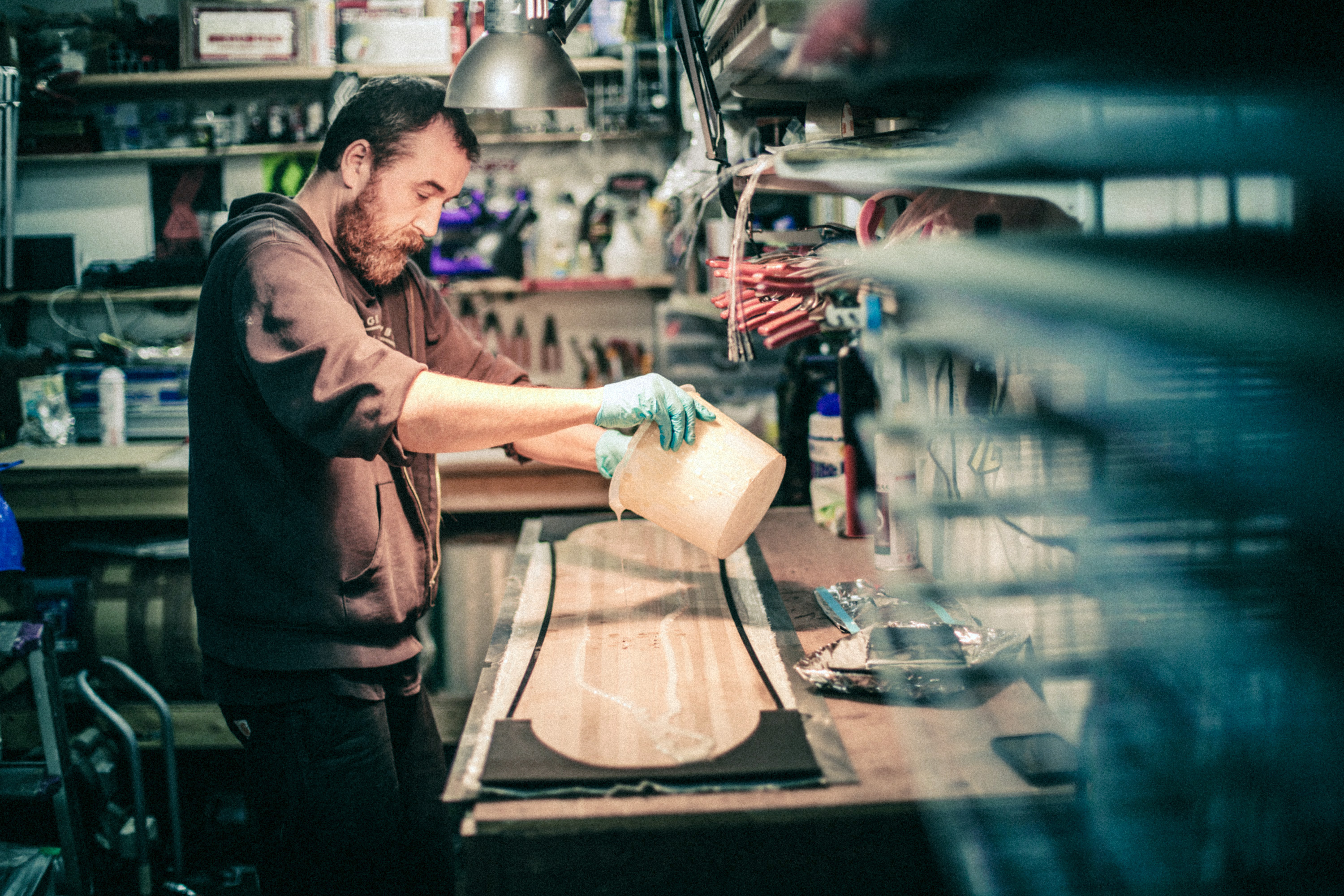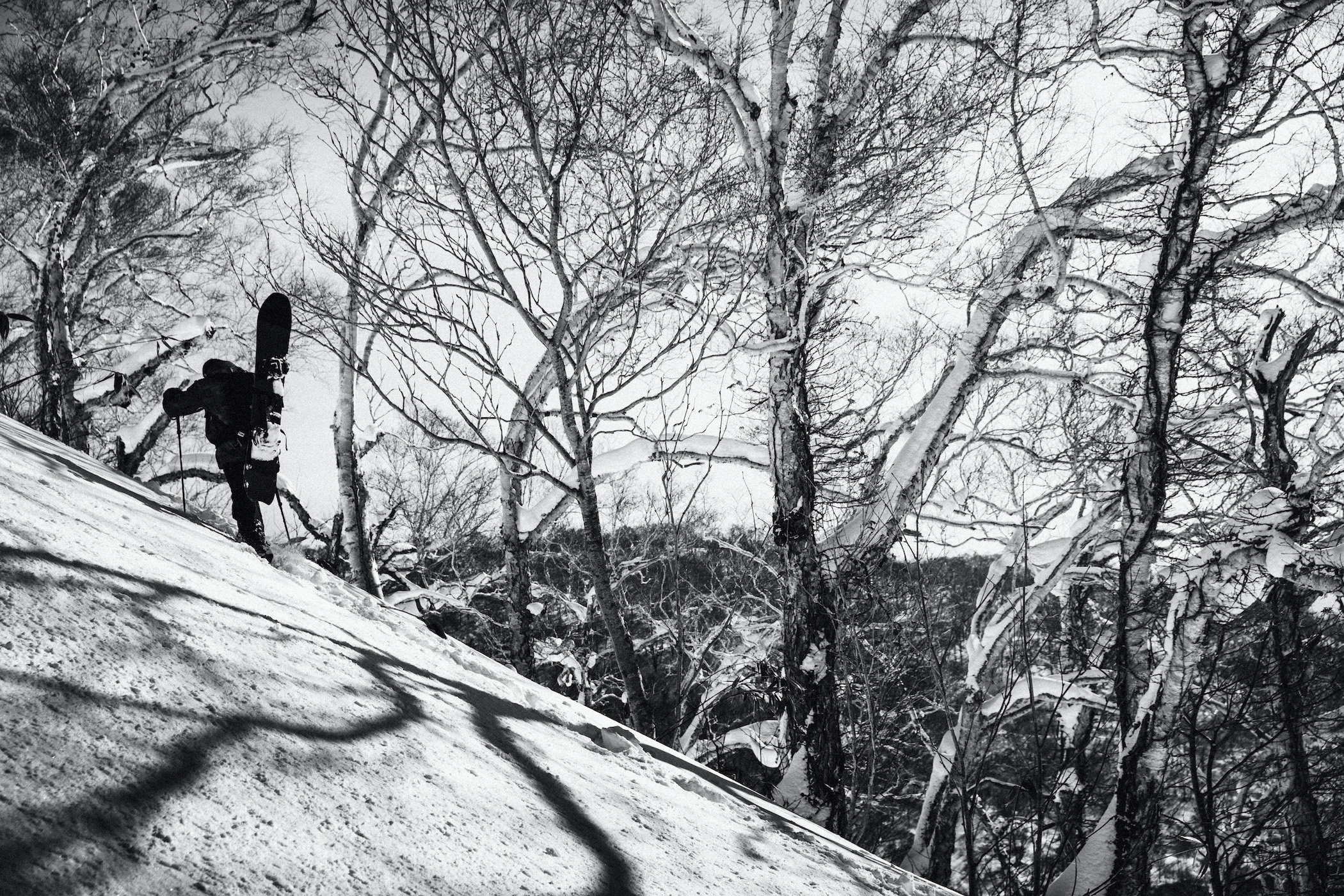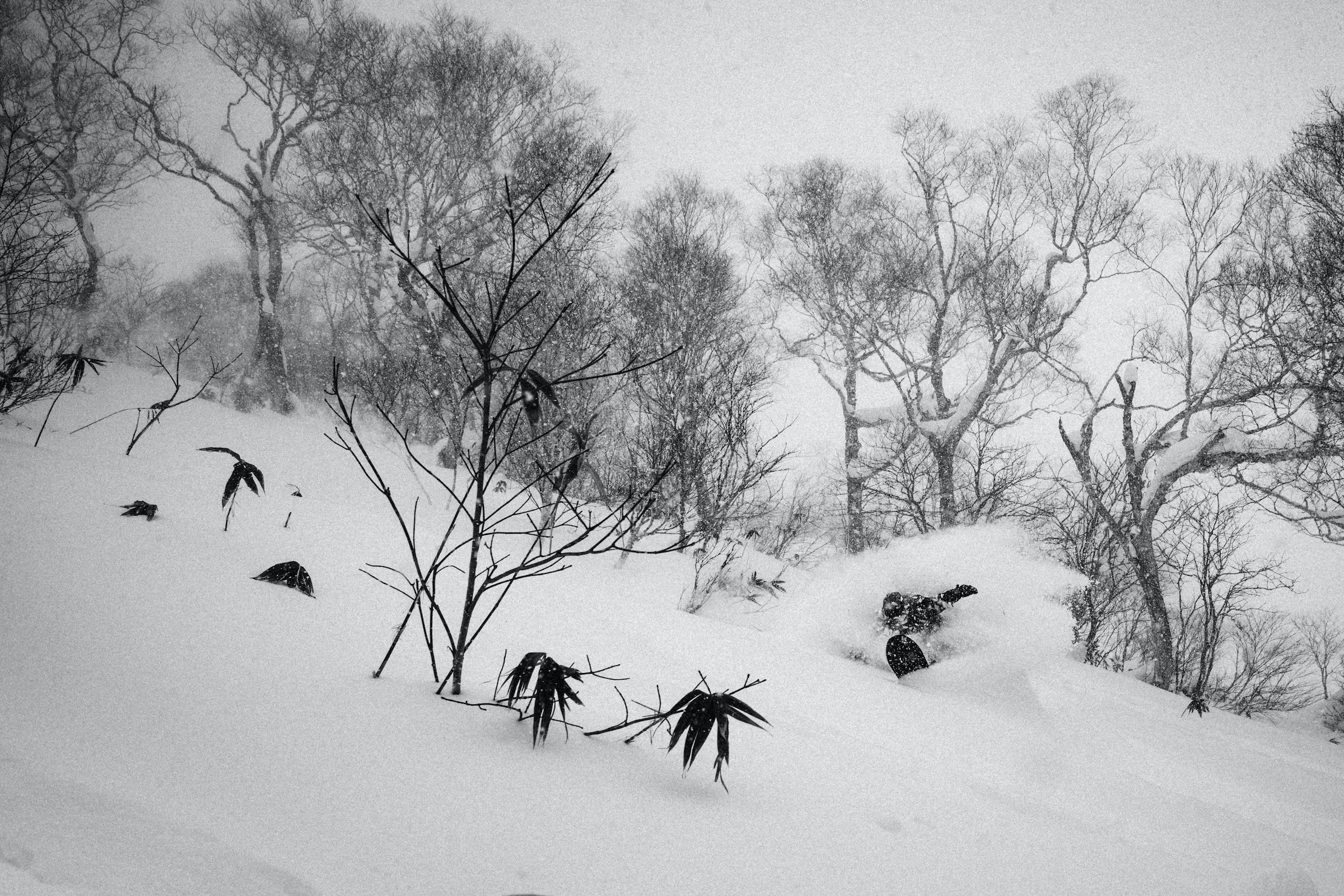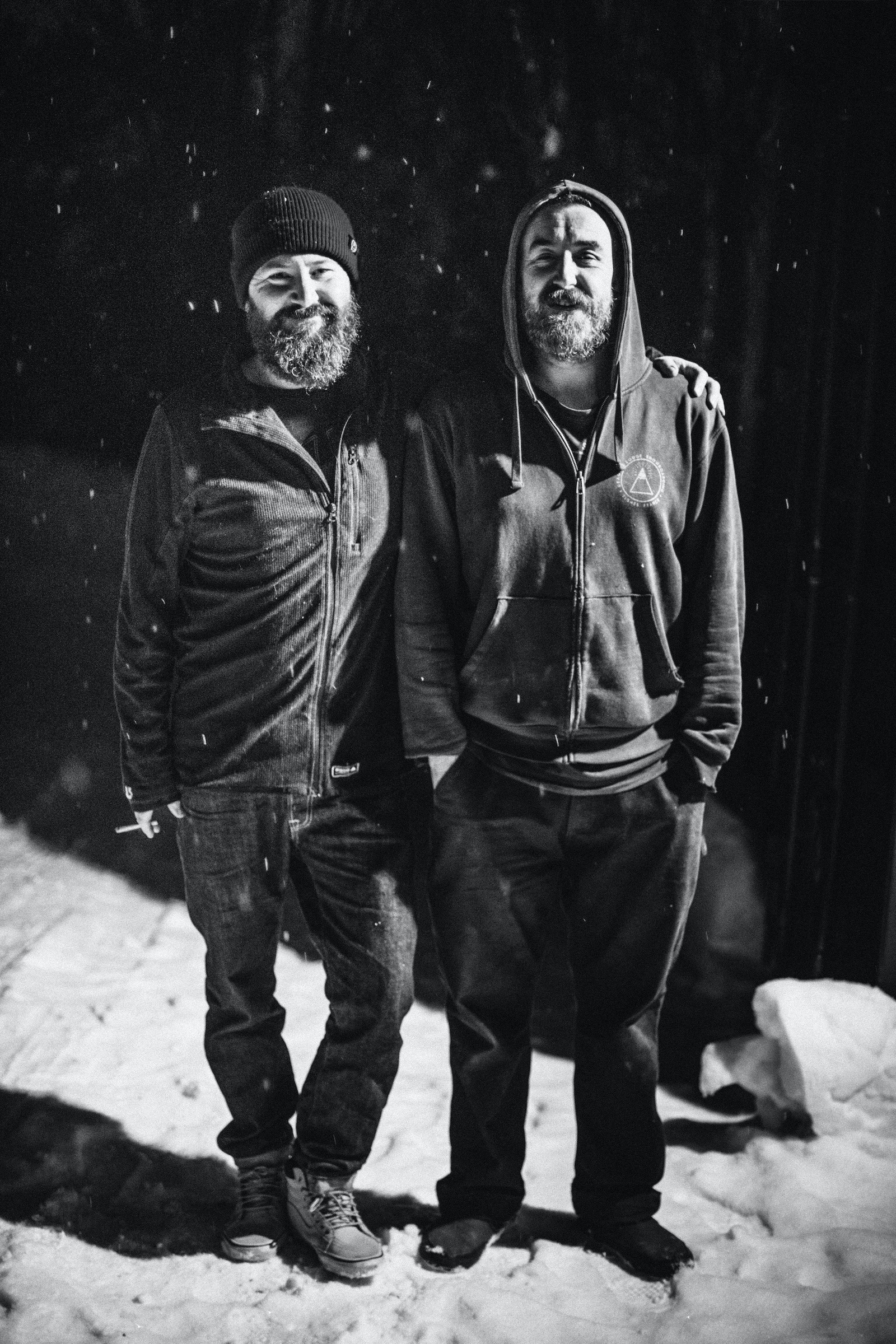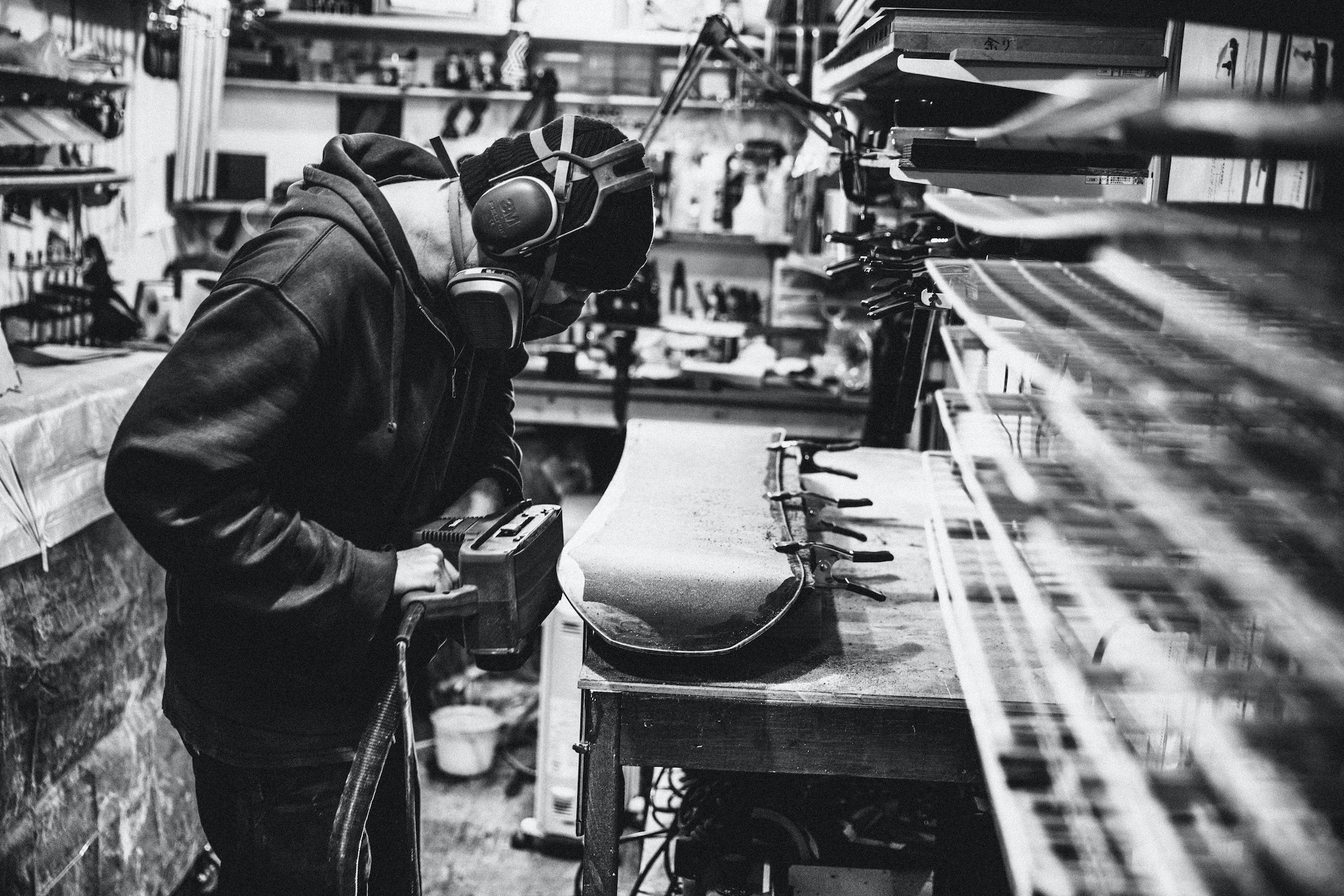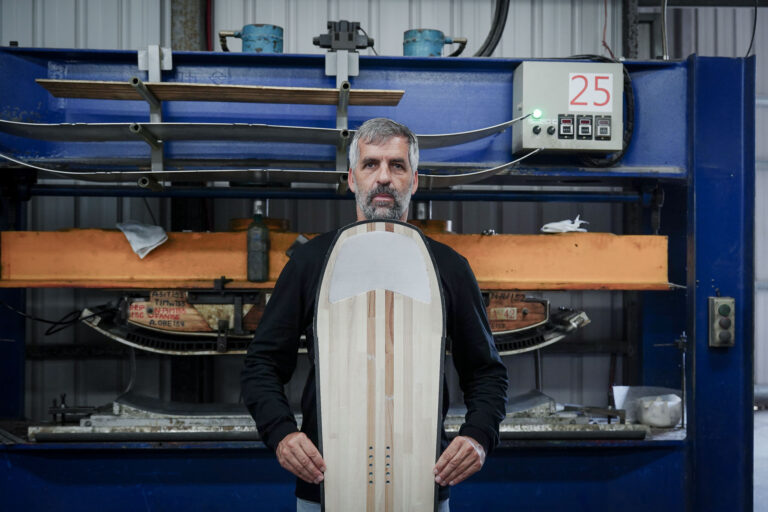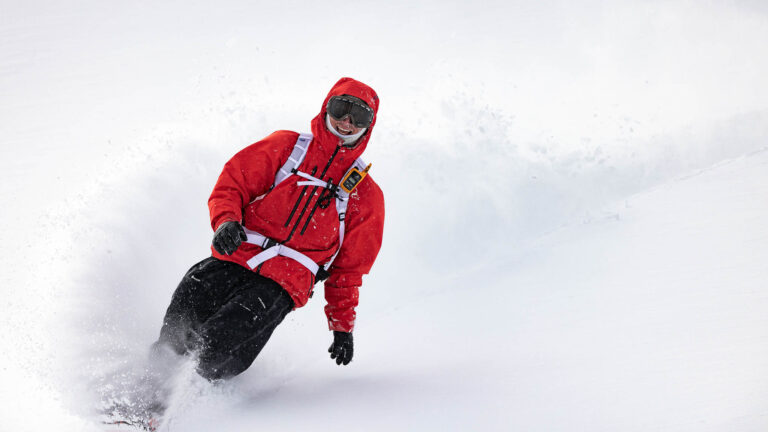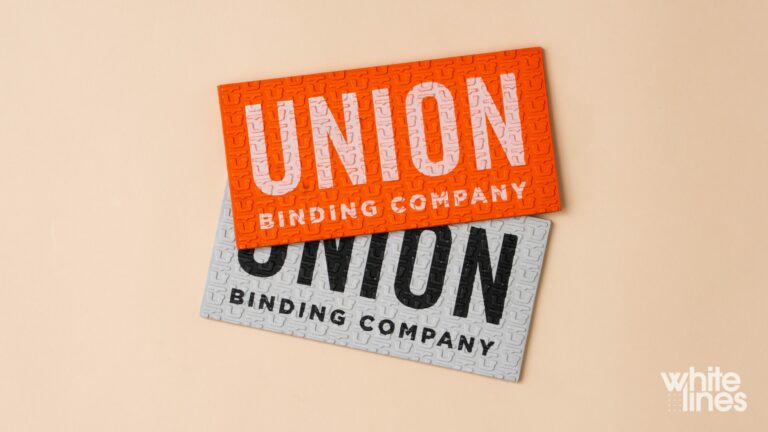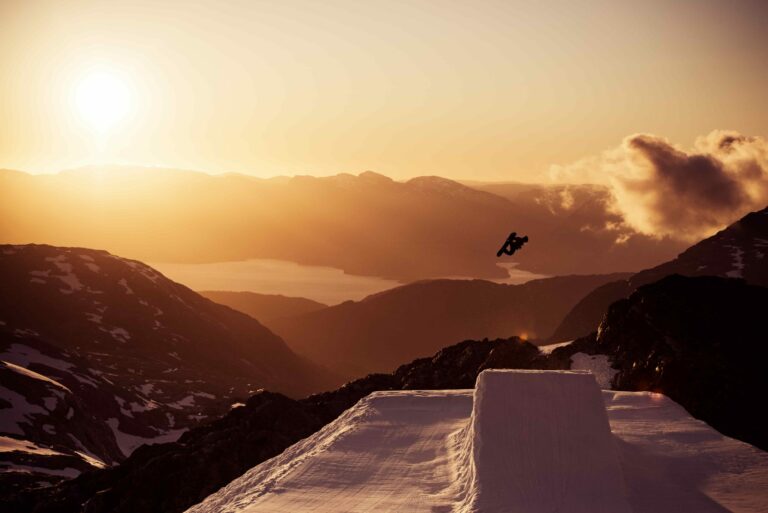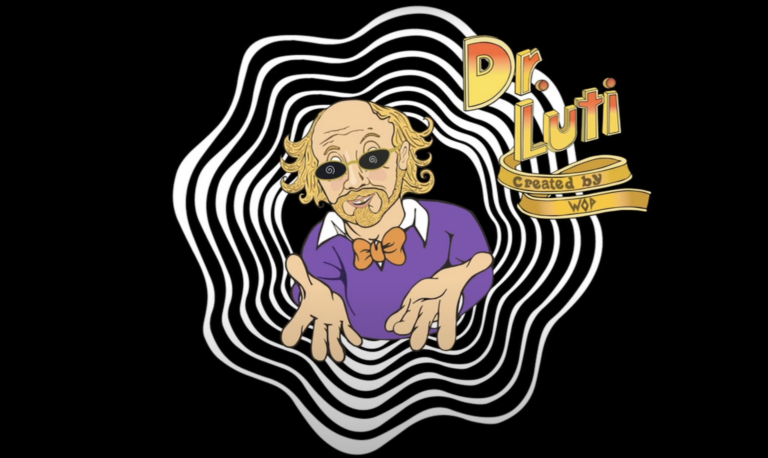While on a trip to Japan in January 2020 photographer / film-maker Owen Tozer travelled up north to Hokkaido to shred with his friends from the Dragon Lodge who were on their annual powder mission to the island.
Staying with Island Snowboards founder Owain Bassett they decided to document a day in the life of his winter in this powder kingdom: Evenings building boards in the workshop, mornings clearing snow, before heading off in search of lines to hike and ride on what developed into a rare bluebird day in the Niseko backcountry.
Collaborating with another Tignes / Dragon Lodge crew member Pete Leakey – who composed bespoke original music – the film captures the atmosphere and showcases the beautiful landscape unique to winter on Hokkaido.
Filmed & edited by Owen Tozer | Original music by Pete Leakey
“Evenings building boards in the workshop, mornings clearing snow, before heading off in search of lines to hike and ride”
After a successful debut season in Japan and with plans underway to grow in Europe for the 21/22 season, we caught up with Island Snowboards’ head-honcho Owain Bassett to discuss the origins of the brand, his unique approach to crafting and designing snowboards, and how a fusion of European and Japanese riding styles and cultures has helped to shape the brand’s ethos.
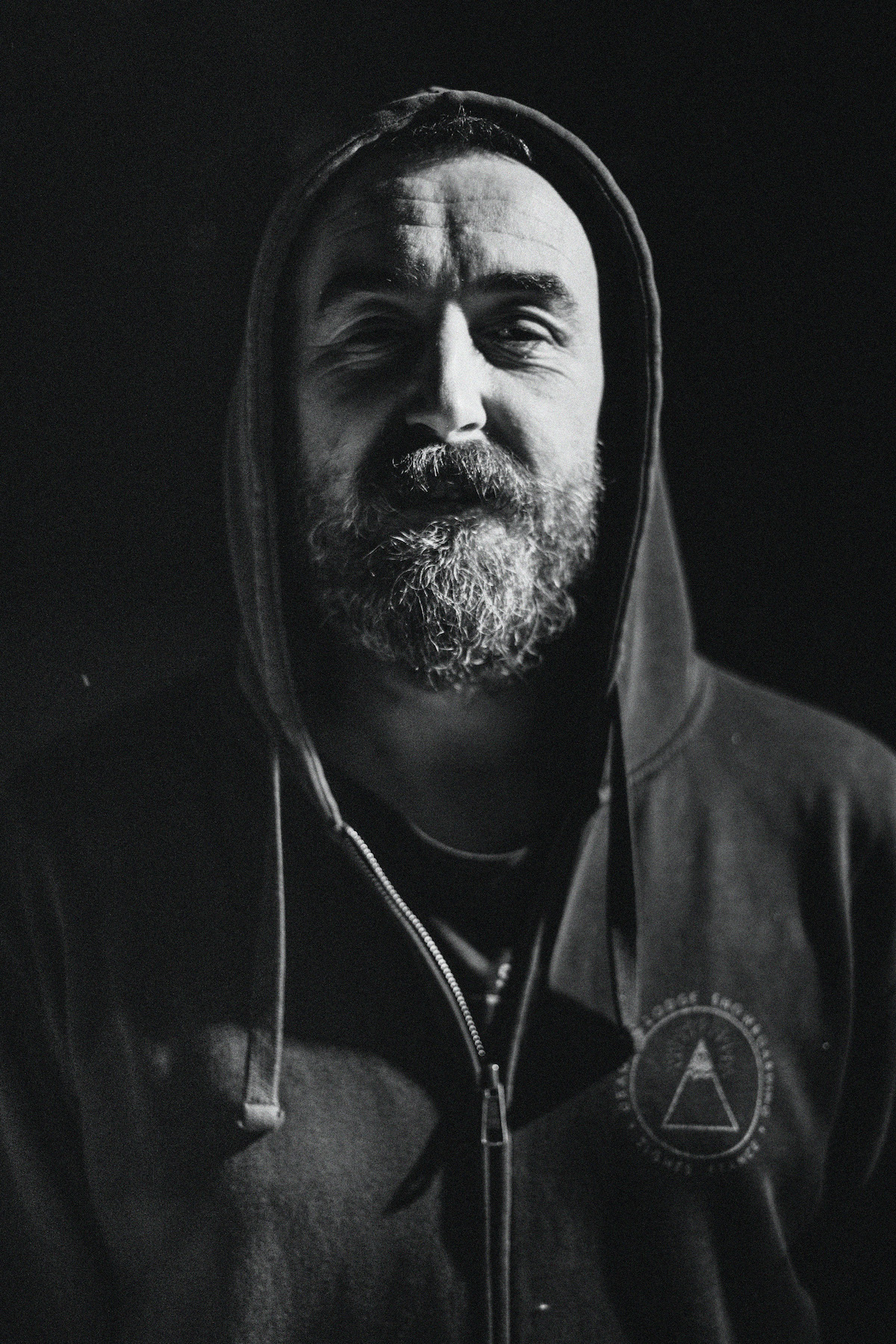
Origins
Hey Owain. So, it’s the 2nd official season of Island Snowboards. You’re selling the Volume One around local shops in Niseko, Hokkaido, this season, right?
Yeah, thanks. Great to get it out there again this winter. We’ve got some great support from a handful of local core snowboard stores who are getting behind us and helping spread the word. We’re also selling through the website and to customers who’d placed pre-orders after our demo sessions last winter, or visit us in person at the factory. Also, we’re stoked to now have a limited number of boards available in Europe for the first time exclusively through TSA.
“The craft of actually making my own boards came first and the concept of Island as a brand grew from there”
Tell us how the concept of Island Snowboards came to fruition. Was it a slow and evolving process, or was there a sudden lightbulb moment?
Slow and evolving for sure. It’s taken a while to get to this point. I started thinking about it around 2014/15 when a friend of mine here in Hokkaido was messing around building noboards, shaping blanks of wood. I got curious looking into what it would take to make a proper snowboard and it went from there. First I built the press and sourced materials which took a while, then a few years of experimenting, learning and prototyping over and over until I got it right. The craft of actually making my own boards came first and the concept of Island as a brand grew from there.
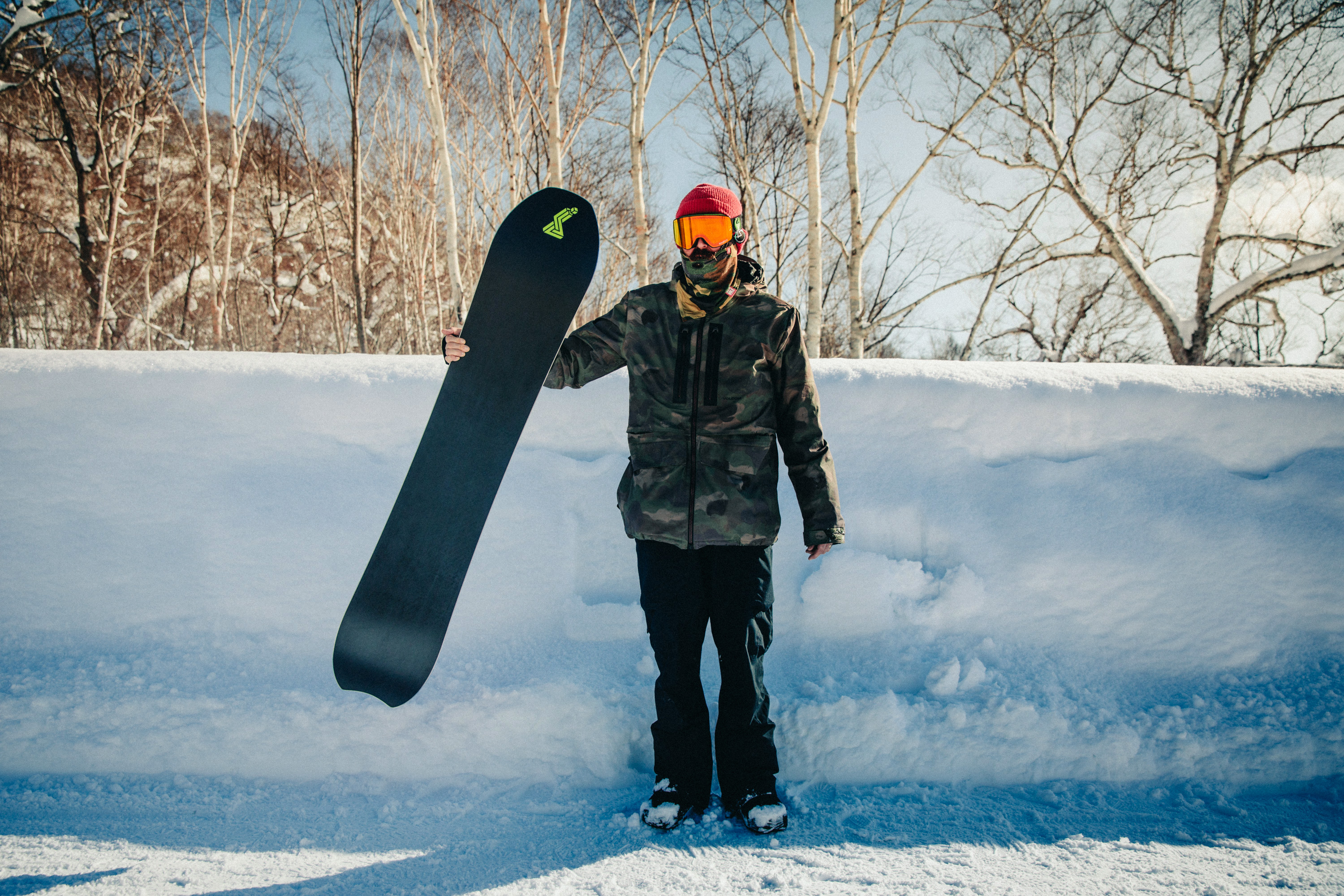
Japan has such a rich culture and history of snowboard shaping and design and Hokkaido feels like the epicentre of a unique style of riding, terrain and snowboard design. What has been the biggest influence and inspiration for you in setting up Island Snowboards?
I think at the time I couldn’t find any snowboards I really wanted to ride, I noticed what a few small brands were doing, both here in Japan but also in Europe and the US. Building boards themselves, not outsourcing to some factory somewhere. It looked like a rad way of doing it and a bit of a project to start off with.
The boards are a result of riding here in Hokkaido and back in Europe as well as the people I ride with.

